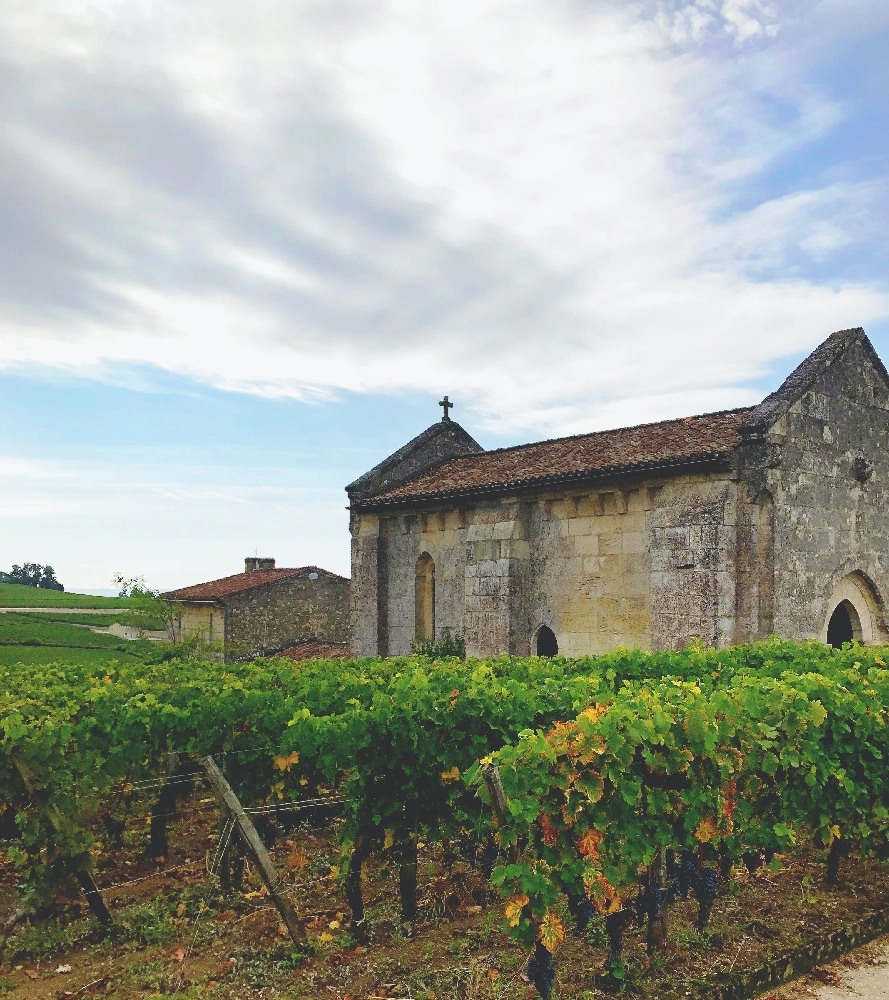
Monthélie Premier Cru Wineries & Wines Stats
Wineries
2
Wines
7
A Historical Perspective on Montélie Premier Cru: A Hidden Gem of Burgundy Wine Region
Introduction Montélie Premier Cru, a small yet significant wine-growing area located in the heart of Burgundy, France, has a rich and fascinating history that spans over centuries. This review aims to provide a historical perspective on Montélie Premier Cru, delving into its origin, grape varieties, winemaking traditions, and culinary pairings.
Origin and History The vineyards of Montélie date back to the 12th century when monks from the Cîteaux Abbey began cultivating grapes in the region. Montélie is part of the larger Côte de Beaune subregion, which is renowned for producing some of the world's finest white wines. Montélie Premier Cru gained recognition as a separate appellation within the Côte de Beaune in 1962, thanks to its unique terroir and distinctive wine style.
Grape Varieties and Winemaking Traditions The grape varieties primarily grown in Montélie Premier Cru include Chardonnay for white wines and Pinot Noir for red wines. The region's unique terroir, characterized by limestone and clay soils, contributes to the development of complex flavors and aromas in these wines. Winemaking traditions in Montélie are deeply rooted in Burgundian practices, with an emphasis on respecting the natural characteristics of the grapes and utilizing traditional methods such as barrel fermentation and aging.
Historical Significance Montélie Premier Cru has held a significant place in Burgundian wine history due to its unique terroir, which produces wines that are distinctly different from those of neighboring regions. The area's historic vineyards have been meticulously cared for by generations of vintners, preserving the region's rich winemaking heritage. Montélie Premier Cru wines were once favored by royalty and nobility, including King Louis XIV, who is said to have visited the region in the 17th century.
Culinary Pairings and Cultural Impact Montélie Premier Cru wines are renowned for their versatility when it comes to food pairings. White Montélie wines, with their elegant acidity and subtle minerality, pair beautifully with seafood dishes, especially oysters, scallops, and other shellfish. Red Montélie wines, with their supple tannins and fruity character, complement a variety of meats such as roasted poultry, game birds, and grilled red meats.
The cultural impact of Montélie Premier Cru extends beyond the world of wine. The region is home to several historic sites, including the Château de Montmoye, which offers stunning views of the vineyards and a glimpse into Burgundian history. Montélie's charming village life, with its narrow streets lined with stone houses and bustling weekly market, continues to attract visitors from around the world who seek a taste of authentic Burgundian culture.
Conclusion Montélie Premier Cru is more than just a small wine-growing area in Burgundy; it is a living testament to the region's rich winemaking heritage and cultural significance. Its historic vineyards, unique terroir, and distinctive wines continue to captivate wine lovers from around the world, making Montélie Premier Cru a must-visit destination for anyone seeking an authentic Burgundian experience.
